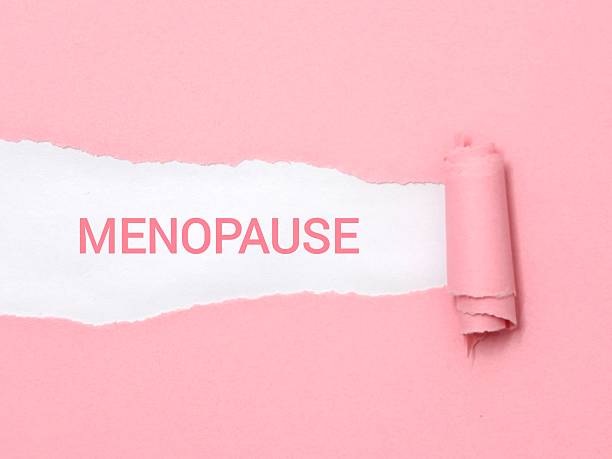
TL;DR:
- Menopausal incontinence caused by estrogen level drops is common and may affect up to 60% of women over 50.
- There are several types: Stress, Urge, Overflow, and Functional Incontinence.
- Symptoms often begin in perimenopause (usually around 40s) and may worsen with declining estrogen levels.
- Impacting daily life and causing frequent trips to the bathroom, particularly at night, are indicators to seek medical help.
- Aging and lifestyle factors can weaken pelvic muscles, contributing to leaks.
- Available treatments include bladder training, Kegel exercises, and vaginal estrogen therapy.
- Devices like pessaries, urethral inserts, bladder slings, and surgery can effectively manage symptoms.
- Nighttime leaks and bowel issues can be managed by adjusting diet, managing stress, and using protective bedding.
- Despite its prevalence, incontinence is treatable, and with appropriate care, women can regain control and quality of life.
—
Are you curious if menopause can lead to incontinence issues? You’re not alone. At the Continence Center at Nevada Surgical, with expertise from Dr. Kent Sasse, we’re here to shed light on how hormonal changes during menopause can affect bladder function and potentially lead to incontinence. Our goal is to provide you with the knowledge you need to make informed decisions about your health. Read on to understand why surgery might be the right choice for you.
Exploring Menopause and Incontinence
Understanding Incontinence During Menopause
During perimenopause, it’s common to experience urine leaks. This is due to hormone shifts where estrogen levels drop. Estrogen helps keep bladder and pelvic muscles strong. When estrogen decreases, these muscles weaken, leading to leaks when you laugh, cough, or sneeze.
The Role of Estrogen
Estrogen maintains healthy bladder and urethra linings. When estrogen levels dip, tissues become thin and less flexible, causing leaks. You may also feel like you can’t empty your bladder fully, needing frequent trips to the bathroom, sometimes even at night.
Types of Incontinence During Menopause
Several forms of incontinence can occur:
- Stress Incontinence: Leaks from pressure on the bladder from activities like coughing or jogging.
- Urge Incontinence: Sudden strong urges to pee that are difficult to control.
- Overflow Incontinence: Incomplete bladder emptying leading to constant drips.
- Functional Incontinence: Difficulty reaching the bathroom in time due to physical barriers.
Recognizing the Onset
Incontinence often begins in perimenopause, which can start in the 40s before periods end. Symptoms may vary, worsening with estrogen declines. By menopause, leaks may increase if untreated.
How Common Is Incontinence?
It’s widespread, affecting up to 60% of women over 50. This includes those impacted by symptoms significantly enough to interfere with their daily life.
Distinguishing Normal from Concerning Symptoms
Some leaks are common, like minor dribbles after sneezing. However, daily leaks or significant lifestyle impacts signal a need for medical advice. You should not accept frequent nighttime bathroom trips or anxiety over leaks as normal.
The Impact of Aging on the Pelvic Floor
The pelvic floor holds the bladder, uterus, and bowels in place. Aging weakens these muscles, contributing to leaks, especially if one’s lifestyle involves little physical activity or increased weight.
Managing and Promoting Pelvic Health
You can strengthen pelvic muscles through exercises. Surgery can be an effective option for severe cases. Many modern surgeries are uncomplicated and have lasting results, providing strength and stability to pelvic structures.
Available Treatments
Bladder Training: Involves setting schedules for bathroom trips to increase bladder capacity.
Kegels Exercises: Pelvic floor exercises improve muscle control. Use tools like biofeedback for guidance.
Vaginal Estrogen Therapy: Helps restore tissue health in local areas.
Devices and Surgery
Use pessaries, urethral inserts, and bladder slings to manage symptoms actively. Surgery is effective for long-term control of stress incontinence.
Nighttime Leaks and Bowel Issues
Hormone drops, poor sleep, and additional physical stress contribute to nighttime leaks. Adjusting diet and fluid intake, managing stress, and using protective bedding can help.
Seeking Medical Help
If leaks are a persistent problem, consult a healthcare provider. Treatment options like hormone therapy, exercise, or surgery can markedly improve symptoms.
Conclusion
Menopausal incontinence, while common, is treatable. With informed decisions and appropriate care, you can regain control and restore comfort in your daily life. Surgery provides a solution when other measures don’t suffice, ensuring freedom from leaks and a better quality of life.
##Conclusion
Menopause can impact bladder and bowel control due to hormonal shifts. Many women see changes as estrogen drops, affecting bladder function and muscle tone. Night leaks, urge incontinence, and bowel issues may arise. Maintaining pelvic health through exercises, diet, and therapy can help. Surgery is an option if needed. If you’re struggling with these symptoms, seek a specialist’s help. Early action can improve quality of life. Trust in your ability to regain control and comfort with expert care and guidance.
If you’re experiencing incontinence related to menopause and want to explore effective treatment options, take the first step towards reclaiming your comfort and confidence. Visit [The Continence Center at Nevada Surgical](https://forms.aweber.com/form/55/310012255.htm) to learn more and schedule a consultation with our experts. Your journey to a better quality of life starts now!